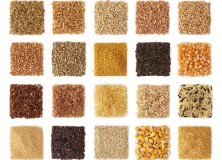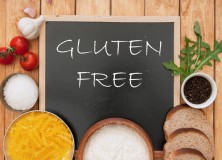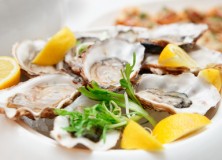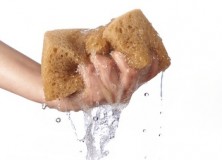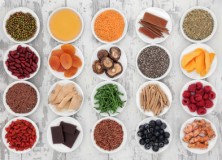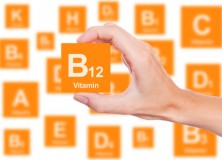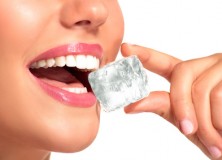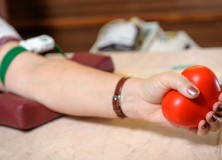If you didn’t already know, February is Heart Month as marked by the Heart and Stroke Foundation. Right now in Canada, heart disease and stroke take one life every 7 minutes and 90% of Canadians have at least one risk factor. Started in 1958, Heart Month is an opportunity to raise awareness of the risks of heart disease and stroke.
I wanted to take this opportunity to talk about heart month on my blog, raise awareness for the cause, and also discuss the relation between iron deficiency anemia and your heart. Throughout February, you’ll see this theme reflected in my posts!


